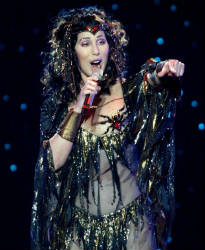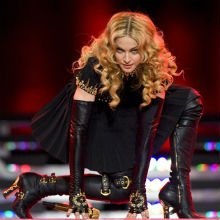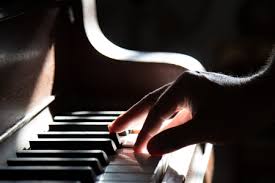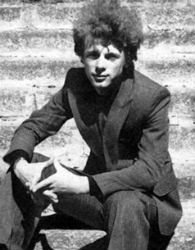What is music?
 What is music? We listen to music, create it .. It causes us to associate with certain moments of our lives …
What is music? We listen to music, create it .. It causes us to associate with certain moments of our lives …
What is music
Music is a form of art in which the means of embodiment of artistic images are organized in a certain way organized musical sounds. The basic elements and expressive means of music are the fret, rhythm, meter, tempo, timbre, melody, harmony, polyphony, instrumentation. By performing means, music is divided into vocal (singing), instrumental and vocal-instrumental. Music is often combined with choreography, theatrical art, and cinema. Distinguish music with one voice (monody) and polyphonic (homophony, polyphony). Music is divided into: genera and types – theatrical (opera, etc.), symphonic, chamber, etc .; to genres – song, choral, dance, march, symphony, suite, sonata, etc. Music is recorded in musical notation, for example, in piano notes, and is realized in the process of performance by musical instruments.
Basic concepts in music
Lad is the most important aesthetic category of music; a system of high-altitude communications, united by a central sound (consonance). Incarnated in a scale (sound system).
Rhythm: what is music
1. the alternation of any elements (sound, speech, etc.) that occurs with a certain sequence, frequency; the speed of the course, the commission of something.
2. in music – the temporary organization of musical sounds and their combinations.
Meter – the order of alternating strong and weak beats, the rhythm organization system. Meters can be simple (2- or 3-partite), complex, consisting of several groups of simple (4-, 6-, 9-, 12-partite), mixed (eg, 5-partial) and variables. Each group of beats starting with a strong (in simple meters) or the strongest (in other meters) forms a measure.
A metronome is a device that measures short periods of time (those same meters) with uniform strokes. It is mainly used by musicians as an exact reference point for tempo when performing a musical work at a rehearsal, and also helps to develop a sense of rhythm and dynamics of performance.
metronome
Dynamics – varying degrees of sound power, volume, and a change in this power in relation to the overall sound.
A timbre is a coloring of sound that allows you to distinguish sounds of the same pitch performed on different instruments or in different voices. The timbre depends on which overtones accompany the fundamental tone, what is the intensity of each of them, and in what areas of sound frequencies their clusters (formants) are formed. Voices and instruments have a timbre, for example, a guitar is selected according to a pleasant timbre.
timbre
Melody (from the Greek. Melodia – singing, tune, song) – unanimously expressed musical thought, the main element of music. A melody is a series of sounds organized by the mode-intonation, rhythmically and forming a certain structure.
Harmony is the expressive means of music, based on the combination of tones in harmony and on the connection of harmonies in their consistent movement. The main type of harmony is a chord. Harmony is built according to certain laws of the fret in the polyphonic music of any warehouse – homophony, polyphony. Elements of harmony – cadence and modulation – are the most important factors of musical form. The doctrine of harmony is one of the main sections of the theory of music.
Polyphony (from poly … and Greek. Phone – sound, voice) – a kind of polyphony, based on the simultaneous combination of 2 or more independent melodies (as opposed to homophony). Types of polyphony are imitation (see Imitation), contrasting (counter-punctuation of different melodies) and sub-vocals (a combination of a melody and its variants of sub-voices, characteristic of some genres of Russian folk songs).
Instrumentation – the presentation of music in the form of a score for a chamber ensemble (duet, trio, quartet, quintet, etc.) or an orchestra (symphonic, wind, folk instruments, etc.).
In a historical context, the development of music is inseparable from the active development of a person’s sensual abilities – the course of a person’s auditory development of musical material in changing cultural conditions is the most fundamental level in the history of music. Already within the framework of primitive syncretic art, which also contained the beginnings of dance and poetry, music was deprived of many qualities that became dominant later.
In early non-stadial folklore of various peoples, musical sound is unstable in height, inseparable from speech articulation. The melody is often a combination of gliding waves of ups and downs (ecmelica), combining contrasting altitude zones in a rhythmic order, depending on the rhythm of the verbal text and dance. However, this primary sonic contrast is already endowed with emotional expressiveness due to the initial connection of musical intonation with the psychophysiological states of people, with the word, plastic movement; due to the inclusion of playing music in everyday life, in labor processes, in rituals (folk music).




